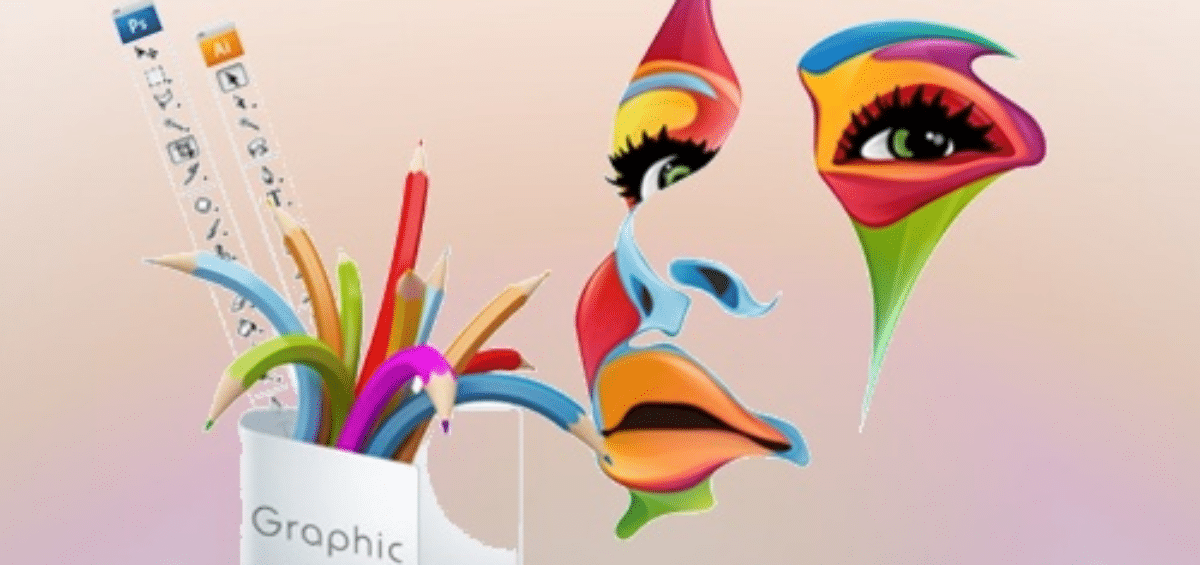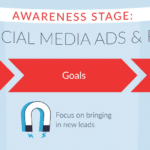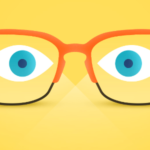Visual communication is the use of images, symbols, animation, video, and other components of visual communication to convey a message to the viewer. For example, whiteboard animations provide a captivating component to marketing messages that wouldn’t be as compelling otherwise. Animated video is yet another element of visual communication, in which the animations are essential to the verbal and textual aspects of the story.
The Difference Between Visual Communication and Design
Design comprises only part of the broader discipline of visual communication. Designers typically use elements of visual communication to create designs that deliver messages to the target audience. Visual design focuses mainly on the technical and creative aspects, such as the hierarchy, grouping, and sequence of visual elements. Visual communications, on the other hand, concerns itself with the bigger picture, utilizing other processes and methods to deliver the intended message more effectively.
Components of Visual Communication
Use these elements to create powerful and compelling visual content to drive visual communication that can transform your business.
Color
Color has a significant effect in terms of influencing purchase decisions. Color psychology is one of the most intriguing areas of marketing, and it’s been determined that nearly 85% of consumers are compelled to make purchases based on a product’s color. For example, given two similar products, most consumers would prefer to buy a blue model than a red one due to the feeling of comfort that the color produces.
Position
Effective use of positioning helps establish the relationship between images and graphic elements and signifies their degree of importance. Visual communicators typically place the most important elements in a prominent position of a page, with other elements serving support and complementary roles. The positioning also helps direct the viewer to the different sections of a page, allowing them to follow a narrative or flow of information in the proper sequence.
Texture
Texture can communicate a lot more information than most people would think. When used in infographic images, rough textures can suggest an earthier and more rustic feel, while a smooth texture can give inspire a feeling of comfort or human-ness. A total absence of texture, on the other hand, can give viewers the impression of professionalism or a corporate image.
Size
Along with position, size can also establish the degree of importance of visual elements. The strategic use of size can be especially effective with infographics, where larger elements command more attention than smaller elements.
Of course, the need to emphasize certain elements shouldn’t come at the cost of balance and optimal visual flow. Making the infographic larger gives you enough space to make important elements more prominent without cluttering the image.
Orientation
Orientation refers to the position or direction of a visual element in relation to the other elements on the page. The way a particular element is oriented contributes to the symmetry of the entire design. Proper orientation could also prevent confusion and make it easier for viewers to understand the message of a graphic.
Shape
The shape of a visual element can communicate a feel or a message in ways ranging from the subtle to the dramatic. In terms of visual communication, shapes can be grouped into three categories: organic, geometric, and abstract.
Organic shapes typically do not have defined sides, angles, or straight lines. These shapes can communicate a more casual and humanistic feel, but they can also be random and chaotic. Geometric shapes have strictly defined lines and angles. They can communicate modernism, strength, and formality. They can also impart a sense of stability and security. Abstract shapes can be totally random, although most are based on the most recognizable aspect of an object or a figure. Abstract elements can give an impression of modernity or playfulness.
Tone
Tone refers to the lightness or darkness of a color. Effective use of tone can inspire different emotions in the viewer and give an object a three-dimensional appearance. For example, 3D animation employs tonal gradients to make images seem more ‘real.’ as if they are rendered in three dimensions instead of two.
Elements of Visual Design
Visual design refers to the strategic use of different design tools and elements to shape and improve the user experience. To achieve their goals, visual designers typically use illustrations, photographs, type, space, layouts, and color in various combinations and arrangements.
Figure and Ground Contrast
Figure-ground refers to the shapes, space, or forms within a composition. In simplest terms, the figures are the main elements on the page, and the ground is the visual space or ‘environment’ where the figures are positioned. Proper use of contrast will help direct the viewer’s attention to the important figures, enabling them to stand out against a complementary background.
Repetition
Repetition can be a very effective tool for reinforcing a message or improving recall. In some cases, however, a single non-repeating element that stands out prominently on a page can create an even more powerful and memorable impression.
Alignment and Balance
Balance and alignment can result in a more comforting image and suggest stability and security. But asymmetry can also be a useful visual approach, giving a design a more casual and vibrant feel.
Proximity
Most people tend to ‘see’ elements that are positioned close to each other as a single unit. Proximity helps establish the relationships of objects with one another and directs the viewer through the different areas of the page.
Using visual communication and design strategies can become time-consuming, especially when you create and implement the strategies. Contact IGW today to get help with your visual content and communication efforts.






